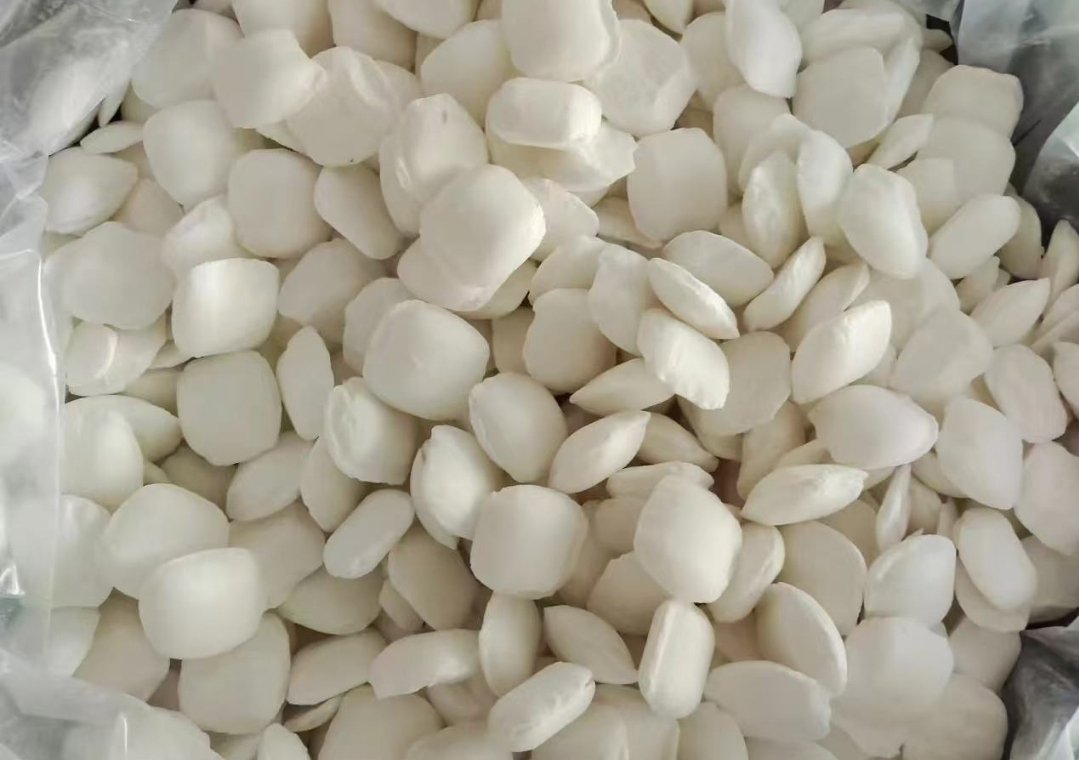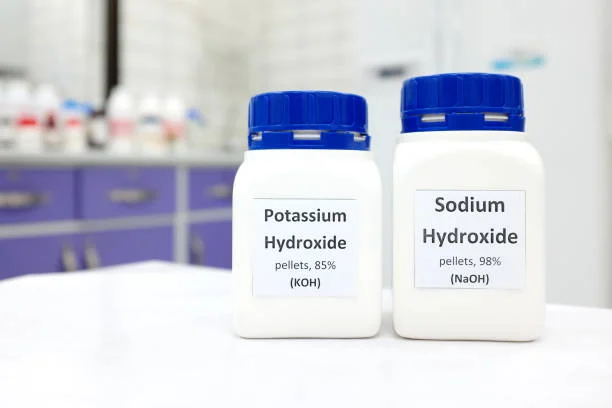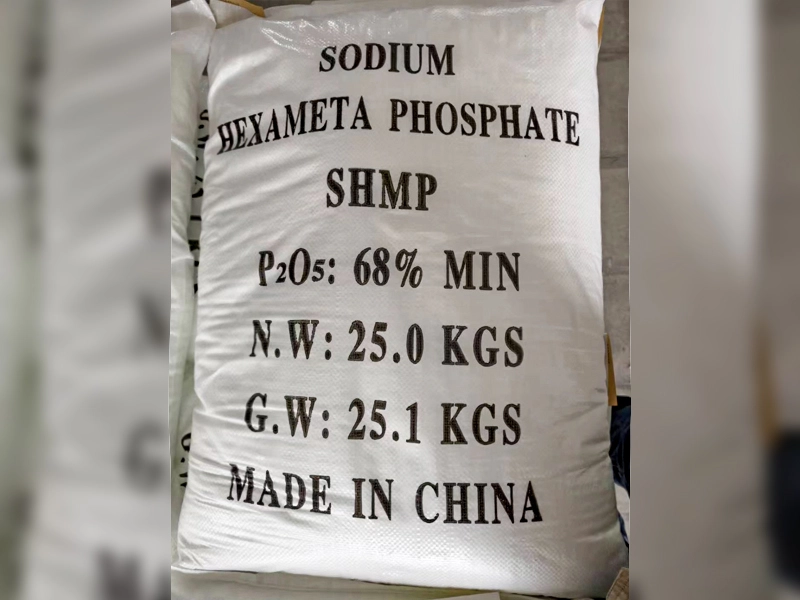
Sodium sulfide wastewater, generated from various industrial processes such as chemical manufacturing, mining, and pulp production, poses significant environmental and health risks due to its high toxicity and corrosiveness. Effectively treating this wastewater is crucial to minimize its negative impacts. This blog post will comprehensively introduce the treatment methods and key precautions for sodium sulfide wastewater.
1. Treatment Methods
1.1 Chemical Precipitation
Chemical precipitation is one of the most commonly used methods for treating sodium sulfide wastewater. In this process, metal salts such as iron salts (ferrous sulfate, ferric chloride) or copper salts are added to the wastewater. The sulfide ions in the sodium sulfide react with the metal ions, resulting in the formation of insoluble metal sulfide precipitates. After the precipitation reaction, solid - liquid separation is carried out through sedimentation or filtration, effectively removing sulfide from the wastewater. This method is relatively simple, cost - effective, and suitable for treating wastewater with high - concentration sulfide.
1.2 Oxidation Treatment
Oxidation treatment can convert sulfide in sodium sulfide wastewater into less harmful substances. Common oxidation methods include air oxidation, chlorine oxidation, and advanced oxidation processes (AOPs).
Air Oxidation: In the presence of catalysts like manganese dioxide, air is introduced into the wastewater. Under aerobic conditions, sulfide is oxidized to elemental sulfur or sulfate. This method is energy - efficient but requires a long reaction time and is more suitable for treating wastewater with relatively low sulfide concentrations.
Chlorine Oxidation: Chlorine - containing oxidants such as sodium hypochlorite or chlorine gas are used to oxidize sulfide. Chlorine oxidation is rapid and effective, but it may generate harmful by - products, so careful control of the dosage is necessary.
Advanced Oxidation Processes (AOPs): AOPs, such as Fenton oxidation and ozone oxidation, generate highly reactive hydroxyl radicals. These radicals can rapidly oxidize sulfide and completely mineralize it. For instance, Fenton oxidation uses hydrogen peroxide and ferrous ions to produce hydroxyl radicals, which can effectively treat both low - and high - concentration sulfide wastewater.
1.3 Biological Treatment
Biological treatment utilizes microorganisms to degrade sulfide in wastewater. Anaerobic biological treatment, such as anaerobic digestion, can convert sulfide into hydrogen sulfide gas under anaerobic conditions, which can then be removed through gas - collection systems. Aerobic biological treatment involves aerobic microorganisms that oxidize sulfide to sulfate as part of their metabolic processes. Biological treatment is environmentally friendly and sustainable, but it requires stable operating conditions and a relatively long treatment period.
2. Precautions
2.1 Safety Precautions
Sodium sulfide wastewater is highly toxic and can release toxic hydrogen sulfide gas when in contact with acids or under certain conditions. Therefore, during the treatment process, workers must wear appropriate personal protective equipment, including gas masks, gloves, and protective clothing, to prevent inhalation and skin contact with toxic substances.
The treatment facilities should be well - ventilated to ensure the timely discharge of hydrogen sulfide gas, reducing the risk of gas accumulation and explosion. Regular gas detection in the treatment area is essential to monitor the concentration of hydrogen sulfide and other harmful gases.
2.2 Operational Precautions
Reagent Dosage Control: In chemical precipitation and oxidation treatment, accurate control of the dosage of reagents is crucial. Insufficient reagent dosage may lead to incomplete treatment, while excessive dosage not only increases treatment costs but may also cause secondary pollution. For example, in chemical precipitation, an excessive amount of metal salts may result in the presence of residual metal ions in the treated water.
pH Control: The pH value of the wastewater significantly affects the treatment efficiency. In chemical precipitation, different metal sulfide precipitates form optimally within specific pH ranges. In oxidation treatment, the oxidation reaction rate and product composition are also closely related to the pH value. Therefore, continuous monitoring and adjustment of the pH value during the treatment process are necessary.
Equipment Maintenance: Regular maintenance of treatment equipment, such as pumps, mixers, and sedimentation tanks, is essential to ensure the normal operation of the treatment process. Corrosion - resistant materials should be used for equipment in contact with sodium sulfide wastewater to extend the service life of the equipment.
2.3 Environmental Protection Precautions
The sludge generated during the treatment process, especially in chemical precipitation, contains a large amount of metal sulfide precipitates and may also contain residual reagents. This sludge must be properly disposed of to prevent secondary pollution. It can be sent to professional hazardous waste treatment facilities for safe disposal.
After treatment, the quality of the effluent water should be strictly monitored to ensure that it meets relevant national and local environmental discharge standards. If the effluent quality does not meet the requirements, further treatment or process adjustment is required.
In conclusion, treating sodium sulfide wastewater requires a comprehensive understanding of various treatment methods and strict compliance with precautions. By choosing the appropriate treatment method and following the correct operation procedures, we can effectively reduce the environmental impact of sodium sulfide wastewater and contribute to sustainable environmental protection.
- Random Content
- Hot content
- Hot review content
- Industrial concentrated nitric acid 55%-68%
- Sodium Sulfide Industry Grade 60% 30ppm/150ppm Yellow/ Red Flakes Na2s
- Colloidal emulsion explosive
- Plastic Shock Tube(VOD≧1600m/s)
- Gold Ore Dressing Agent Safe Gold Extracting Agent Replace Sodium Cyanide
- 2-Hydroxyethyl acrylate (HEA)
- Sodium alpha olefin sulfonate (AOS)
- 1Discounted Sodium Cyanide (CAS: 143-33-9) for Mining - High Quality & Competitive Pricing
- 2China's New Regulations on Sodium Cyanide Exports and Guidance for International Buyers
- 3Sodium Cyanide 98% CAS 143-33-9 gold dressing agent Essential for Mining and Chemical Industries
- 4International Cyanide(Sodium cyanide) Management Code - Gold Mine Acceptance Standards
- 5China factory Sulfuric Acid 98%
- 6Anhydrous Oxalic acid 99.6% Industrial Grade
- 7Oxalic acid for mining 99.6%
- 1High Quality 99% Purity of Cyanuric chloride ISO 9001:2005 REACH Verified Producer
- 2Sodium Cyanide 98% CAS 143-33-9 gold dressing agent Essential for Mining and Chemical Industries
- 3 High-Quality Sodium Cyanide for Leaching
- 4Powdery emulsion explosive
- 5Industry Grade Electron grade 98% Sulfuric Acid H2SO4 Sulphuric Acid Battery Acid Industrial Sulfuric Acid
- 6Colloidal emulsion explosive
- 7sodium hydrosulfide 70% flakes used Mining Industry











Online message consultation
Add comment: